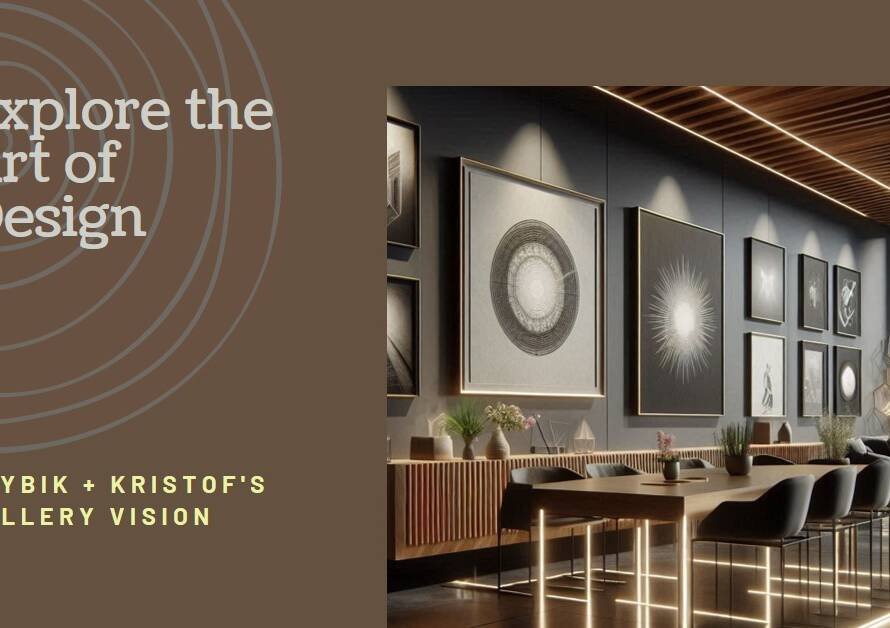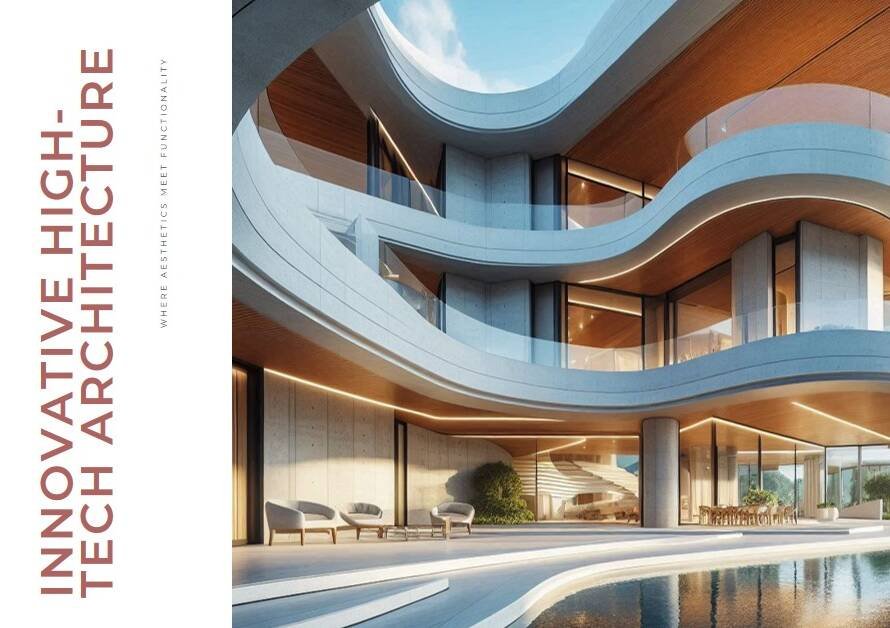
Table of Contents
- Introduction
- 1. Introduction to Landscape Orientation
- 2. Enhancing Visual Storytelling
- 3. Optimizing for Screen Viewing
- 4. Showcasing Wide-Aspect Photography
- 5. Facilitating Effective Data Visualization
- 6. Creating Engaging Marketing Materials
- 7. Designing Immersive Presentations
- 8. Enhancing User Experience in Digital Design
- 9. Enabling Dynamic Video Production
- Conclusion: Making the Right Choice
Introduction
In the realm of design, the orientation of a project can significantly influence its effectiveness and appeal. Landscape orientation, characterized by a horizontal layout, offers unique advantages that can enhance the visual and functional aspects of various design projects. Understanding when to use landscape orientation is essential for designers aiming to create compelling and effective visuals. This blog post delves into the situations where landscape orientation shines the brightest, providing detailed insights to help you make informed design choices.
1. Introduction to Landscape Orientation
Landscape orientation, where the width exceeds the height, is a fundamental layout choice in design. It contrasts with portrait orientation, which is taller than it is wide. The choice between these orientations can drastically alter the perception and impact of a design.
Understanding when and why to use landscape orientation involves considering the project’s purpose, the content’s nature, and the audience’s expectations. Let’s explore the scenarios where landscape orientation proves to be the optimal choice.
2. Enhancing Visual Storytelling
Visual storytelling thrives in landscape orientation. This layout mirrors the natural human field of vision, making it an ideal choice for designs that aim to tell a story or convey a narrative.
For instance, in presentations, landscape slides allow for a seamless flow of information. This orientation can effectively guide the viewer’s eye from left to right, facilitating a coherent and engaging story. Additionally, landscape orientation accommodates multiple images and text blocks, creating a more dynamic and immersive experience.
3. Optimizing for Screen Viewing
In our digital age, screens dominate how we consume information. Most screens, from computer monitors to television screens, are designed in landscape orientation. Designing in this orientation ensures that your content aligns with the viewer’s natural viewing habits.
Websites and digital interfaces benefit greatly from landscape orientation. It provides ample horizontal space for navigation bars, side panels, and content areas, enhancing usability and aesthetics. When designing for digital platforms, landscape orientation can contribute to a more intuitive and user-friendly experience.
4. Showcasing Wide-Aspect Photography
Photography is an art form that often demands specific orientations to capture its essence. Landscape orientation is particularly suited for wide-aspect photography, such as panoramic shots, landscapes, and group photos.
Wide-aspect photos naturally fit into a landscape layout, allowing the viewer to fully appreciate the breadth and detail of the image. This orientation enhances the impact of the photograph, making it a preferred choice for photographers and designers alike.
5. Facilitating Effective Data Visualization
Data visualization plays a crucial role in communicating complex information succinctly. Charts, graphs, and infographics often benefit from the horizontal expanse of landscape orientation.
Bar charts, line graphs, and other data visualizations can be more easily read and interpreted when designed in landscape orientation. The additional width allows for more data points to be displayed clearly, reducing clutter and enhancing readability. This makes landscape orientation an invaluable tool for presenting data effectively.


6. Creating Engaging Marketing Materials
Marketing materials, such as brochures, posters, and flyers, need to capture attention and convey information quickly. Landscape orientation can make these materials more visually appealing and easier to navigate.
For example, a tri-fold brochure in landscape orientation provides three panels of content that unfold in a natural, left-to-right manner. This layout can guide the reader through the information more intuitively, improving engagement and retention.
7. Designing Immersive Presentations
Presentations are a staple of business and education. The effectiveness of a presentation often hinges on its layout and design. Landscape orientation is the standard for most presentation software, such as PowerPoint and Keynote, and for good reason.
This orientation aligns with the natural viewing angle of audiences in a room, ensuring that slides are easily readable from a distance. Moreover, the landscape format allows for better use of space, accommodating images, charts, and text without feeling cramped.
8. Enhancing User Experience in Digital Design
User experience (UX) design focuses on creating products that provide meaningful and relevant experiences to users. Landscape orientation can enhance UX design by aligning with the user’s natural interaction patterns.
For instance, tablets and smartphones often rotate to landscape mode for video playback, gaming, and web browsing. Designing apps and websites with landscape orientation in mind can improve navigation and interaction, leading to a more satisfying user experience.
9. Enabling Dynamic Video Production
Video content is inherently suited to landscape orientation. This format mirrors the aspect ratio of most screens and cameras, providing a consistent and immersive viewing experience.
When creating video content, landscape orientation ensures that the footage utilizes the full screen, eliminating black bars and maximizing visual impact. This orientation is essential for professional video production, from advertisements to educational content.
Conclusion: Making the Right Choice
Choosing the right orientation for your design project is crucial for its success. Landscape orientation offers numerous advantages, from enhancing visual storytelling to optimizing for screen viewing and data visualization.
By understanding when to use landscape orientation, designers can create more effective, engaging, and visually appealing projects. Whether you’re working on a presentation, website, marketing material, or video, landscape orientation can help you achieve your design goals. Make the right choice and let your design shine in its full glory.


